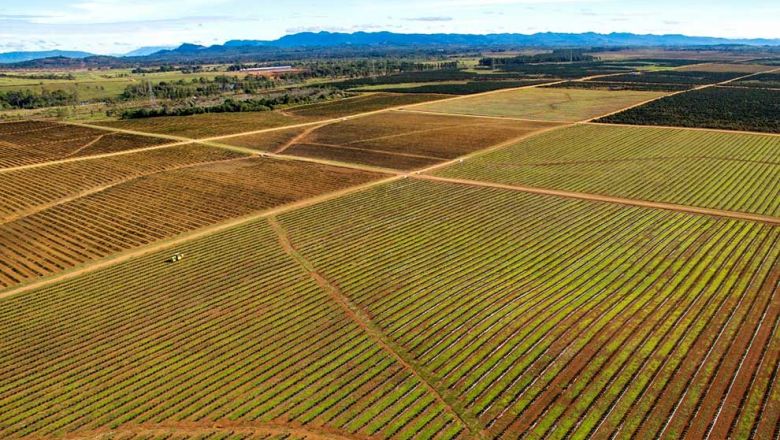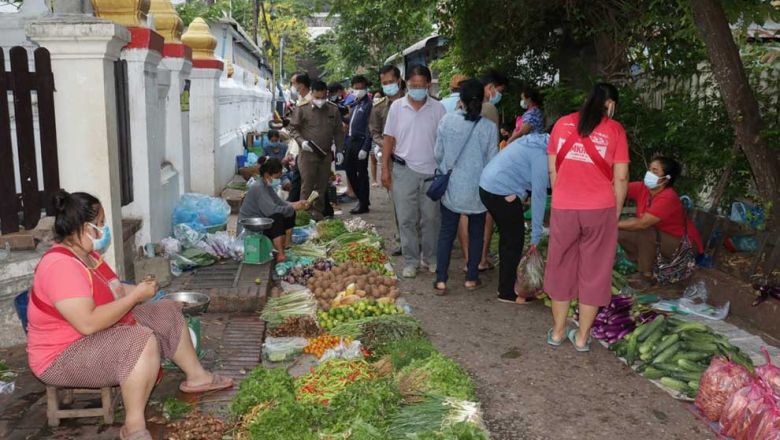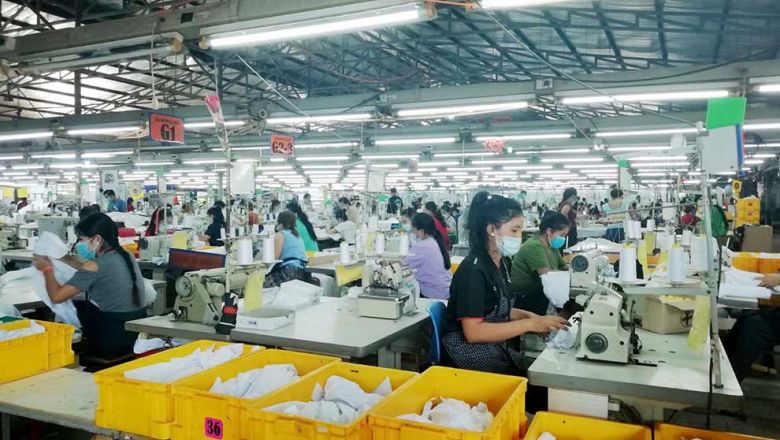Growth of agriculture wilting under challenges
Growth of agriculture wilting under challenges
The government is still aiming for 3.1 percent growth in the agriculture sector next year despite challenges in the form of climate change and pest infestations.
While the Ministry of Agriculture and Forestry has set the growth target at 3.1 percent, local authorities think they will achieve only 3 percent due to weather extremes and the Yellow-Spined Bamboo Locust outbreak in the northern provinces.
Next year, the government plans to expand the area of rice cultivation by 1.03 million hectares for a yield of 4.35 million tonnes, according to a report on the socio-economic development plan presented to the National Assembly last week.
About 100,000 tonnes of the rice harvested will be used as seeds while 2.5 million tonnes will be used for consumption within Laos.
To reach this target, the government will focus on the repair of irrigation systems in seven small, medium and large flatland areas.
Other goals will be to produce 410,000 tonnes of meat and fish, of which 179,000 tonnes will be beef, along with 490,000 tonnes of eggs and 191,000 tonnes of fish, for supply to markets in large towns.
The government will also encourage farmers to grow commercial crops for domestic supply and for export, with targets of 110,200 tonnes of coffee, 1.23 million tonnes of maize, 1.94 million tonnes of sugar, and 1.55 million tonnes of cassava.
Taking into account weather extremes and locust invasions, the government hopes the rice harvest will reach about 4.12 million tonnes, or 98 percent of the plan.
Some commercial crop yields, especially maize, reached only 90 percent of the plan, with the sugar harvested reaching 21 percent of the plan, and soybeans 52 percent. However, these figures were up on last year's yields.
Meanwhile the livestock and fisheries sectors are growing and a large number of farmers have moved away from traditional practices to more modern farming methods.
The number of buffalo has increased by about 4 percent, cattle and poultry by 9 percent, pigs by 12 percent, and goats by 15 percent. These percentages are lower than planned but higher than last year's figures.
The ministry, in cooperation with other agencies in Laos and other countries, is trying to develop agriculture both in terms of quality and quantity by strengthening the rules on disease prevention and encouraging businesses to play a larger role.
At the same time, the ministry is encouraging farmers to boost their yields by using new techniques that will produce a surplus for export.

















